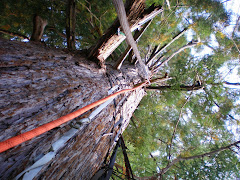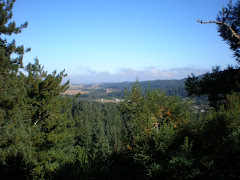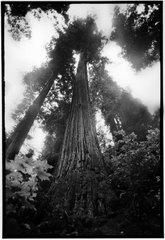An old herbicide "Imazapyr" is being called by a new name, "Habitat". "Experts are convinced" that they should spray this poison on invasive plants that have "choked streams". Here is a breakdown on some of the effects of this chemical.
IMAZAPYR
Imazapyr is a broad-spectrum herbicide in the imidazolinone family. Its primary uses in the U.S. are for vegetation control in forests and rights-of-way.
Imazapyr is corrosive to eyes and can cause irreversible damage. Imazapyr-containing herbicides are irritating to both eyes and skin.
Adverse effects found in laboratory animals after chronic exposure to imazapyr include the following: fluid accumulation in the lungs of female mice, kidney cysts in male mice, abnormal blood formation in the spleen of female rats, an increase in the number of brain and thyroid cancers in male rats, and an increase in the number of tumors and cancers of the adrenal gland in female rats.
Imazapyr can persist in soil for over a year. Persistence studies suggest that imazapyr residues damage plants at concentrations that are not detectable by laboratory analysis. Imazapyr moves readily in soil. It has contaminated surface and ground water following aerial and ground forestry applications.
Small amounts of imazapyr (as little as 1/50 of a typical application rate) can damage crop plants. Imazapyr exposure also has the potential to seriously impact rare plant species. The U.S. Fish and Wildlife Service has identified 100 counties in 24 states east of the Mississippi River where endangered species may be jeopardized by use of imazapyr.
Over a half-dozen weedy plant species have developed resistance to imazapyr.
Saturday, July 14, 2007
Subscribe to:
Post Comments (Atom)












No comments:
Post a Comment